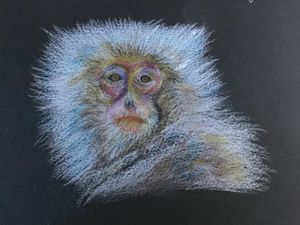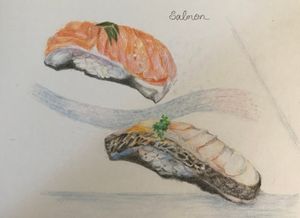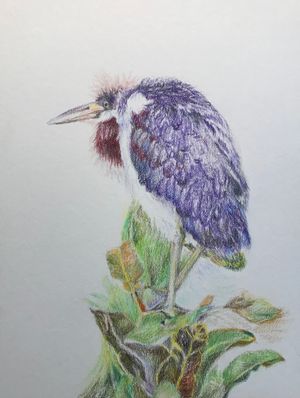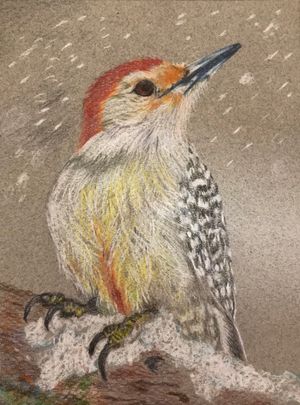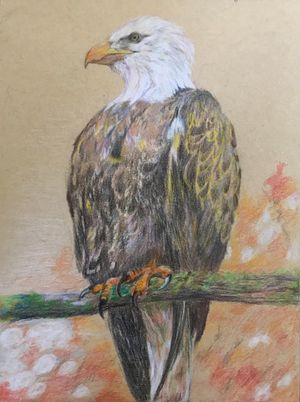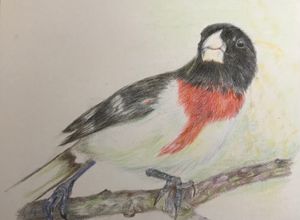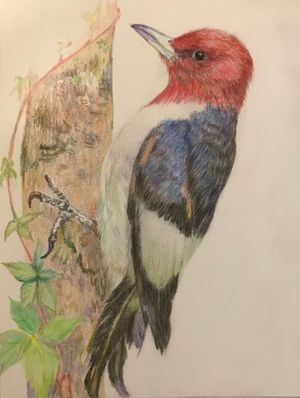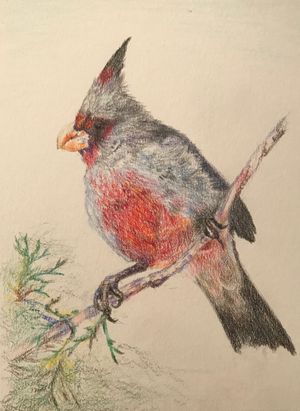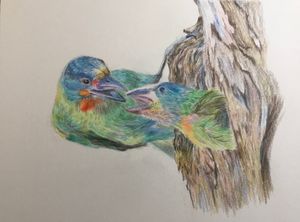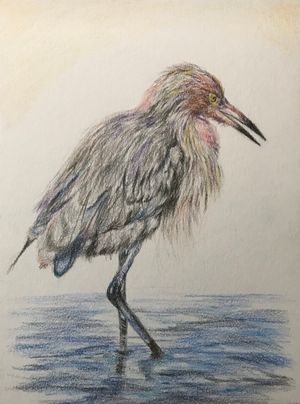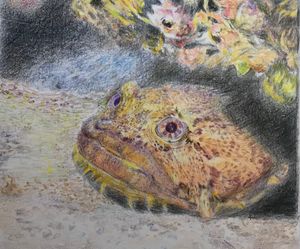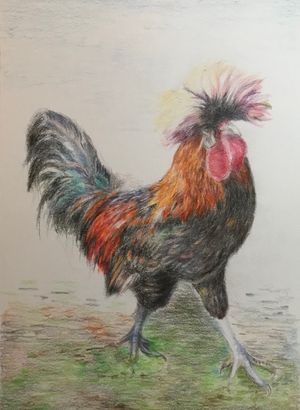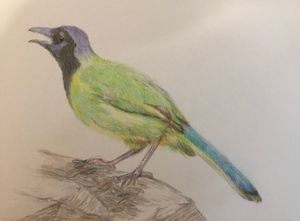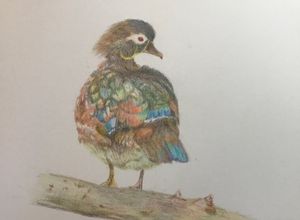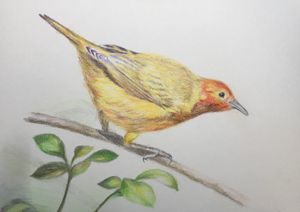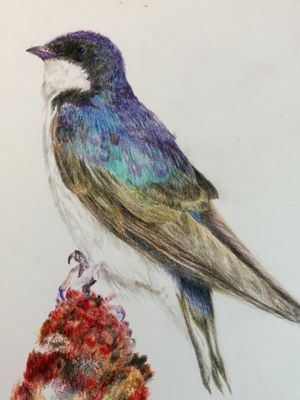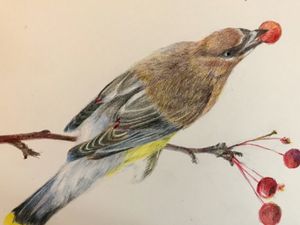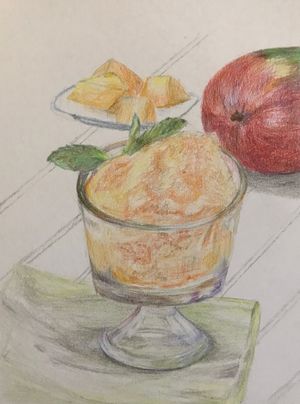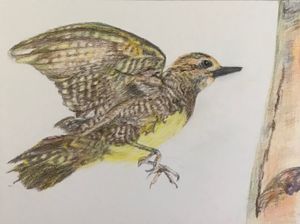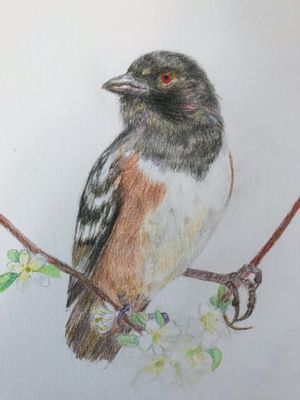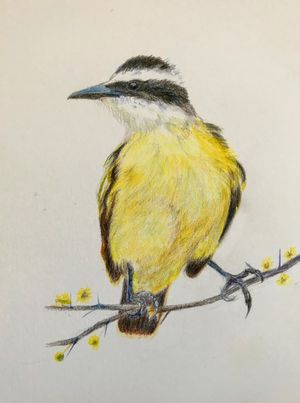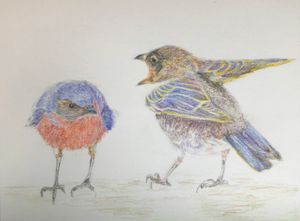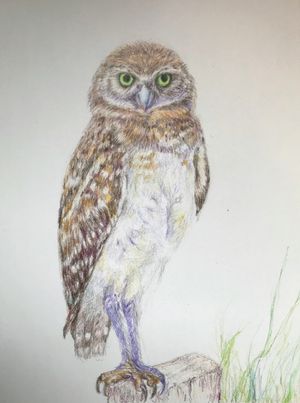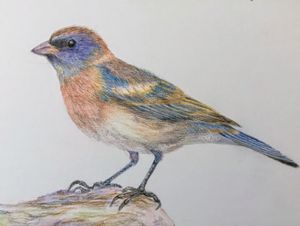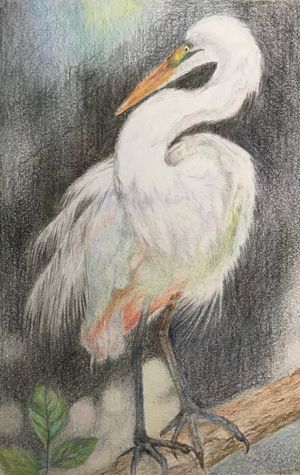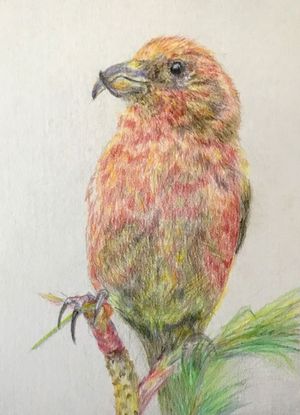The House Sparrow (Passer domesticus) is a small but resilient bird that has become one of the most widespread avian species globally, thanks to its remarkable adaptability to human environments[2]. Originally native to Europe, the Mediterranean, and parts of Asia, this opportunistic bird has successfully colonized urban and rural areas across the world, often through intentional introductions[1][2].
Despite its ubiquity, the House Sparrow has faced significant challenges in recent decades. In North America, populations have declined by a staggering 84% since 1966[1]. This decline can be attributed to various factors, including the shift from horse-drawn transportation to automobiles, changes in agricultural practices, and the use of pesticides[1][4].
House Sparrows are highly social birds, often seen in flocks feeding on seeds, grains, and insects[4]. They are resourceful nesters, utilizing cavities in buildings, streetlights, and even traffic signals for breeding[4]. Their adaptability extends to their diet, as they readily consume a wide variety of foods, from discarded human fare to commercial birdseed[4].
While some view the House Sparrow as a nuisance due to its non-native status and competition with indigenous species for nesting sites, others appreciate its tenacity and close association with human settlements[3][5]. The bird's ability to thrive in diverse environments, from bustling cities to remote farms, serves as a testament to its remarkable survival skills and its intertwined history with human civilization[2][5].
家麻雀(學名:Passer domesticus)是一種體型小但具有韌性的鳥類,由於其對人類環境的適應能力極強,已成為全球分布最廣的鳥類之一。這種機會主義鳥類原產於歐洲、地中海地區和亞洲部分地區,通過有意引入,已成功地在世界各地的城市和鄉村地區定居。
儘管分布廣泛,家麻雀在近幾十年來面臨著重大挑戰。在北美,自1966年以來,其數量驚人地下降了84%。這種下降可歸因於多種因素,包括從馬車交通轉向汽車、農業實踐的變化以及農藥的使用。
家麻雀是高度群居的鳥類,常常成群結隊地覓食種子、穀物和昆蟲。它們是靈活的築巢者,利用建築物、路燈,甚至交通信號燈中的空腔進行繁殖。它們的適應性還延伸到飲食方面,能夠輕易地消耗各種食物,從人類丟棄的食物到商業鳥食。
雖然有些人因家麻雀的非本土地位及其與本土物種爭奪築巢地點而視之為麻煩,但也有人欣賞它的韌性和與人類聚居地的密切關係。這種鳥類能夠在多樣化的環境中茁壯成長,從繁忙的城市到偏遠的農場,這證明了它卓越的生存技能以及與人類文明密不可分的歷史。
Citations:
[1] https://anotherbirdblog.blogspot.com/2020/04/house-sparrows-who-cares.html
[2] https://en.wikipedia.org/wiki/House_sparrow
[3] https://www.mathewtekulsky.com/published-writings/a-birders-memoirs/the-house-sparrow/
[4] https://www.allaboutbirds.org/guide/House_Sparrow/lifehistory
[5] https://www.allaboutbirds.org/guide/House_Sparrow/overview
[6] https://www.ncbi.nlm.nih.gov/pmc/articles/PMC7189751/
[7] https://journal.afonet.org/vol95/iss2/art10/
[8] https://www.mdpi.com/2413-8851/8/3/108

















































